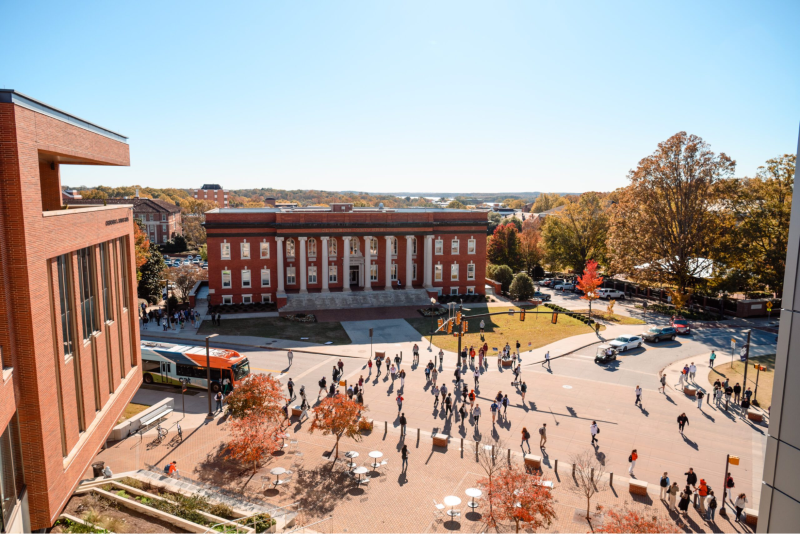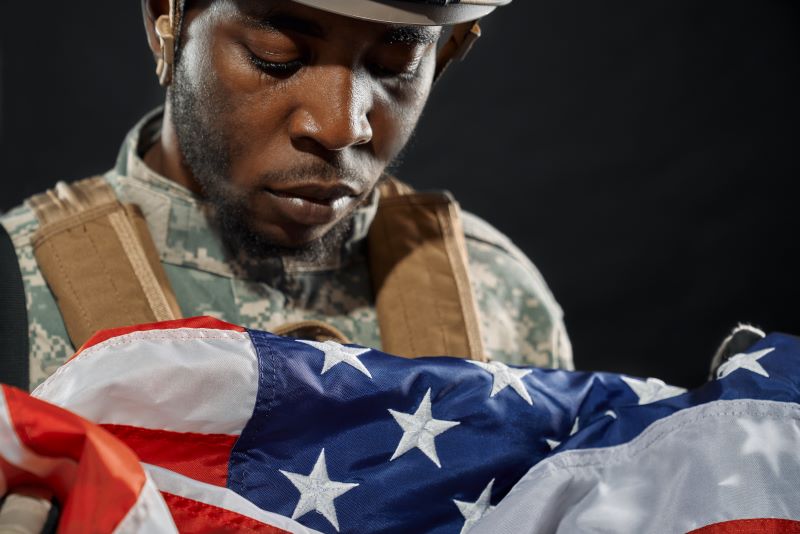The most basic task of any museum must be the protection of works of cultural significance entrusted to its care for the edification and pleasure of future generations.
– Martin Filler
Museums have continued to remain a reservoir of knowledge and a guide to history. Whether it relates to the wonders of nature or provides a deep dive into the trajectory of humanity, museums all around the world have continued to provide a glimpse of man’s achievements and the world’s advancement through time.
Like all museums around the world, Black museums in the United States of America continue to tell the story of a people who have surmounted incredible odds to achieve greatness while redefining the identity of the nation.
Here are 9 Black museums in the United States that showcase the historical trajectory of African Americans.
National Museum of African American History and Culture (NMAAHC)
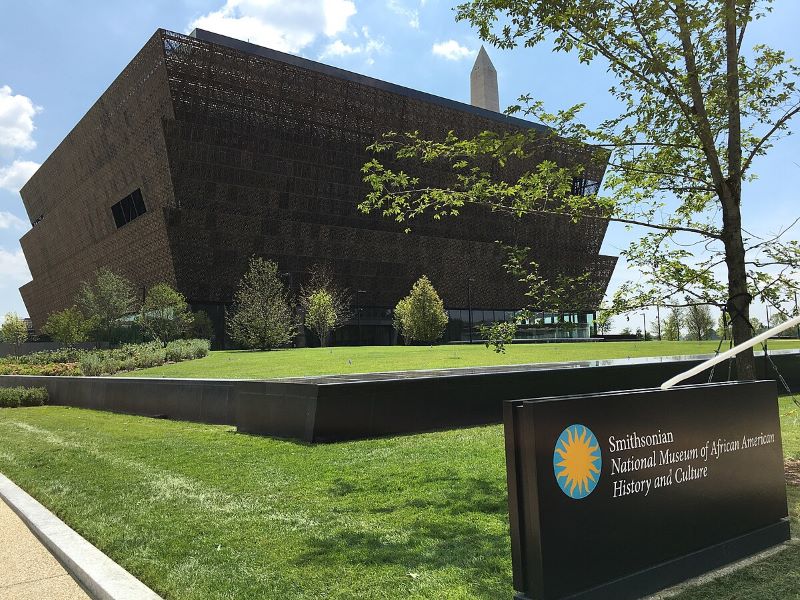
Fuzheado, CC BY-SA 4.0, via Wikimedia Commons
Established in 2003 by an act of Congress, the museum provides insight into the rich culture and history of the African American people from the point of slavery till the present day. Recognized as one of the museums of the Smithsonian Institution, the NMAAHC for 13 years had not been located in a permanent space, yet with efforts by one of its founding directors – Lonnie Bunch III, through an effort he termed “saving African American Treasures” several artifacts of Black history which many had casually kept in their homes or stashed away i a corner.
This led to a record collection of 36,000 items, many of which as described by one of the world’s oldest encyclopedias “Britannica” included “the robe and headgear worn by boxer Muhammad Ali (c. the 1960s); costumes worn by the original cast of Broadway musical The Wiz (1975); the metal coffin of Emmett Till; a shawl given to Harriet Tubman by Queen Victoria” amongst many others. In 2016, in a ceremony led by President Barack Obama, the NMAAHC would open its permanent home.
Charles H. Wright Museum of African American History
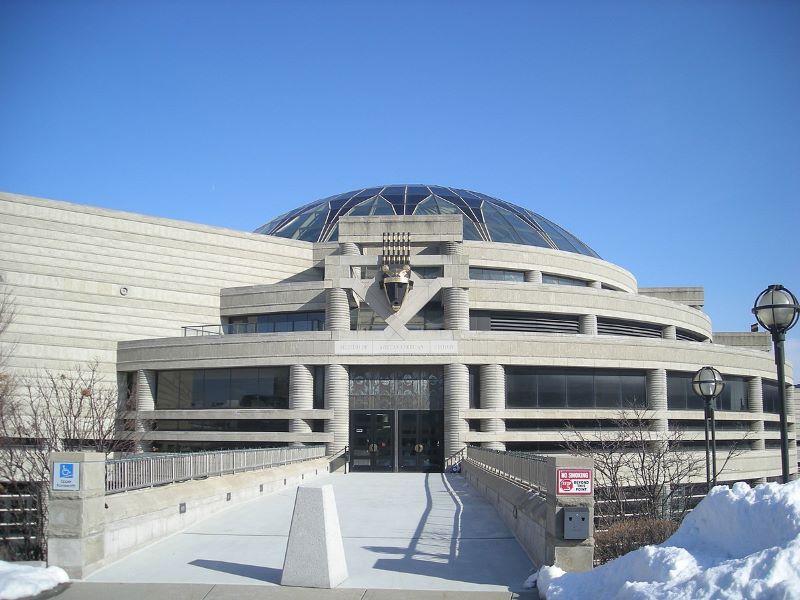
Michael Barera, CC BY-SA 4.0, via Wikimedia Commons
Located in Detroit, the Charles H. Wright Museum of African History was a dream come true of a Detroit civil rights activist and physician – Dr. Charles Howard Wright, who believed that African Americans needed a place to document and safeguard their history, as well as educate the next generation to take pride in their culture and race.
The museum features a record of great civil rights activist as well as their works along with inventions founded by African Americans as well as African instruments and arts.
National Underground Railroad Freedom Center
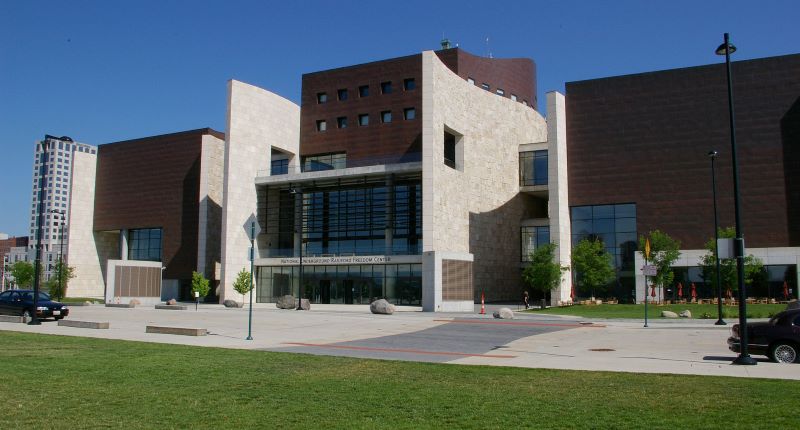
By MamaGeek at English Wikipedia, CC BY-SA 3.0
Based off the back of the Underground Railroad Movement led by Harriet Tubman who championed the move to get enslaved people to the North created a secret yet elaborate network known as the Underground Railroad.
The National Underground Railroad Center tells the story of that struggle and other efforts in the battle against slavery in America. Leveraging artworks, presentations, programs, and activities, the museum takes visitors through the remarkable journey of slaves fleeing the southern parts of America where slavery was legal and viciously imposed on the North.
The DuSable Black History Museum and Education Center
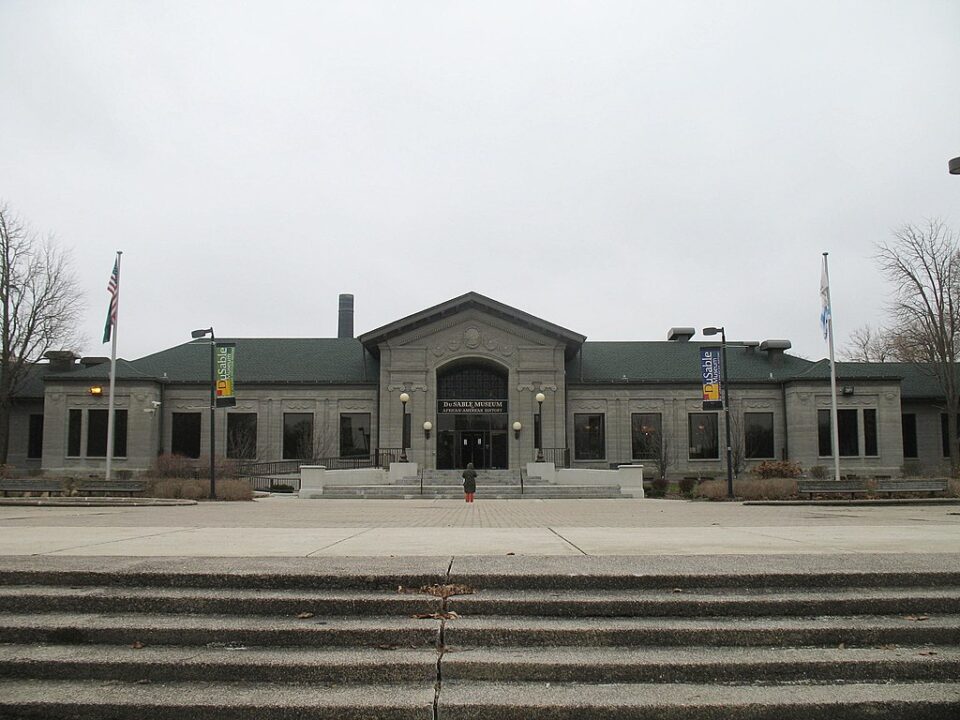
By TonyTheTiger at English Wikipedia.- Self-photographed, CC BY-SA 3.0
In Chicago sits one of the oldest and independently owned museums. Named in honor of Jean-Baptist Point Du Sable, the museum is dedicated to showcasing African American culture and history as well as leveraging programs and activities to showcase the achievements of African Americans through the years. The museum currently houses great works of art not only from African Americans alone but from Mother Africa as well.
African American Museum in Philadelphia

Beyond My Ken, CC BY-SA 4.0, via Wikimedia Commons
Founded in 1975 and opened to the public in 1976, the museum was originally called the Afro-American Historical and Cultural Museum, located In Philadelphia, the museum became an institution for the collection of black history and arts. As part of the institution’s drive to preserve black heritage and support efforts by African Americans in their demand for acceptance within American society, it played a crucial role in the civil rights movements, raising awareness of the inequality experienced by African Americans in society.
National Great Blacks In Wax Museum
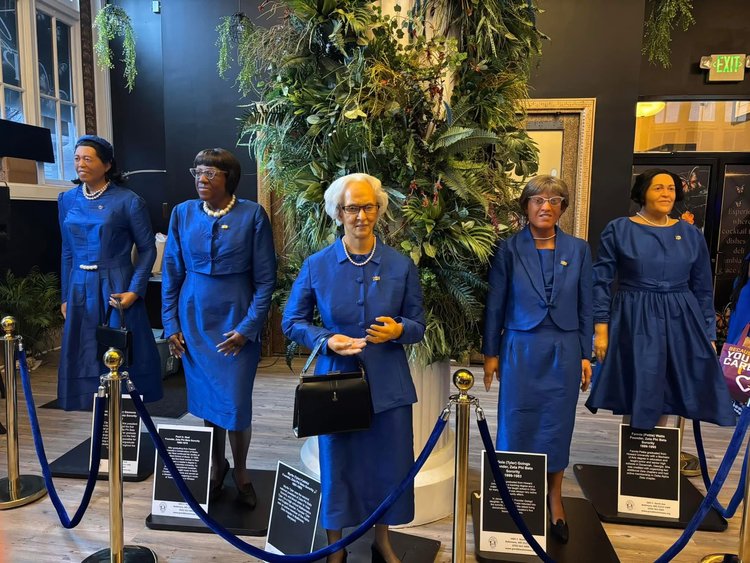
Wax figures of The Five Pearls, the founding ladies of Zeta Phi Beta sorority.
Instagram | National Great Blacks Wax Museum
For a better understanding of the struggles of African Americans in the fight against the 400-year Atlantic slave trade and the progress that has been made over the years, then the National Great Blacks Wax Museum located in Baltimore, Maryland is the place to go.
Being the only wax museum in the country, the institution provides visitors with an educational experience of the progress of Black history in America.
Negro Leagues Baseball Museum (NLBM)
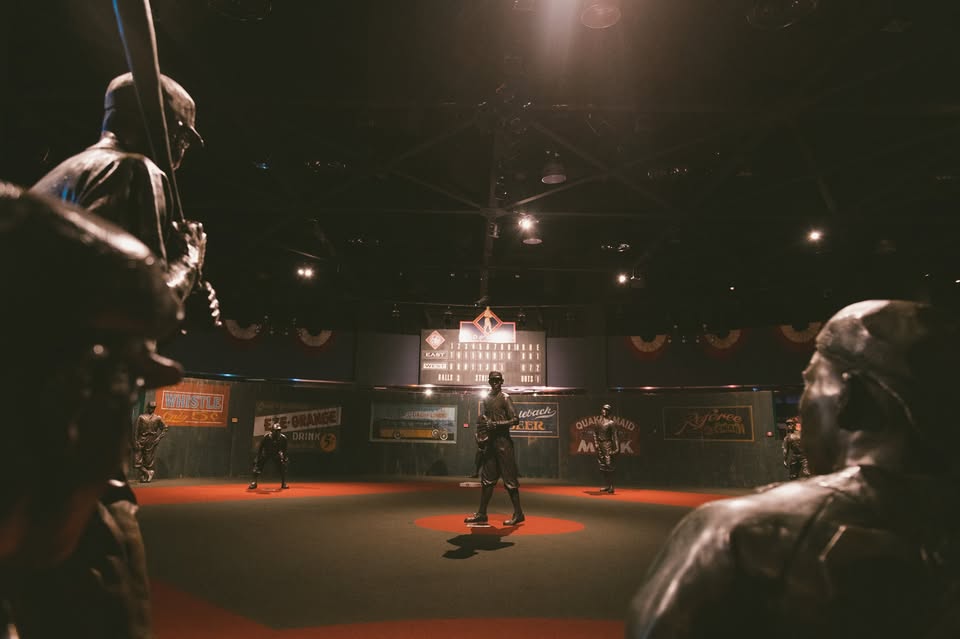
Source: Facebook | Negro Leagues Baseball Museum
Long before Jackie Robinson broke through the segregation that was common in Major League Baseball in 1947, there was already existing a Negro League Baseball where African Americans could thrive and showcase their potential. It was in preserving this history that a group of former Negro league baseball players founded the museum in 1990.
Taking visitors through the progress of the Negro League, the history of black baseball comes alive as guests are introduced to the many players, officials, and owners of the Negro league baseball. Visitors are opportune to see uniforms, gloves, and equipment used by former great players in baseball history.
International African American Museum (IAAM)
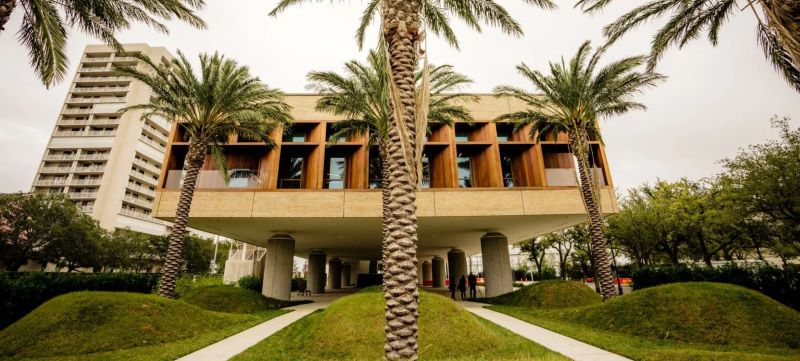
Image Source: International African American Museum
Opened in June 2023, the IAAM is located at the famous Gadsden’s Wharf in Charleston, South Carolina. Gadsden Wharf was notoriously famous for its role as the last point for slave ships during the trans-Atlantic slave trade. Records note that between the periods of 1783 and 1808, a projected number of about 100,000 men, women, and children of African origin were brought in through the Wharf and sold into slavery.
Today, the museum plays host to several exhibits and over 150 historical objects, various works of Art, and significant exhibits during South Carolina’s civil rights struggle.
Birmingham Civil Rights Institute (BCRI)
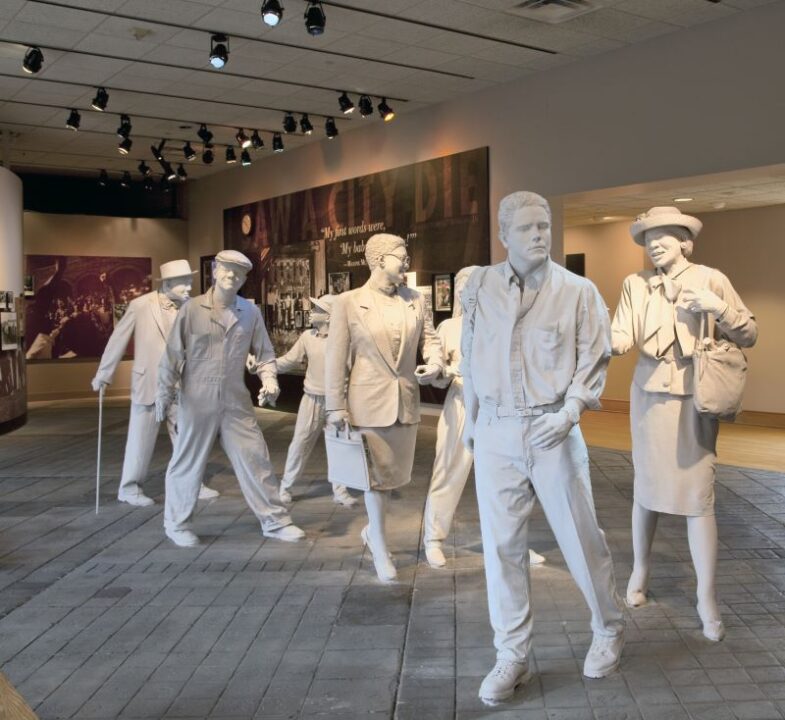
By Carol M. Highsmith – Library of Congress Catalog, Public Domain
The civil rights movement was a major turning point in the history of America in its battle against segregation and racism. The Birmingham Civil Rights Institute (BRCI) is a monument to that crucial stage in American history as it charts a part of true freedom for all. Visitors are introduced to what the Freedom Riders bus looked like, the Selma-to-Montgomery marches, and the famous civil rights activists like Martin Luther King Jr.

Okechukwu Nzeribe works with the Onitsha Chamber of Commerce, in Anambra State, Nigeria, and loves unveiling the richness of African cultures. okechukwu.onicima@gmail.com


